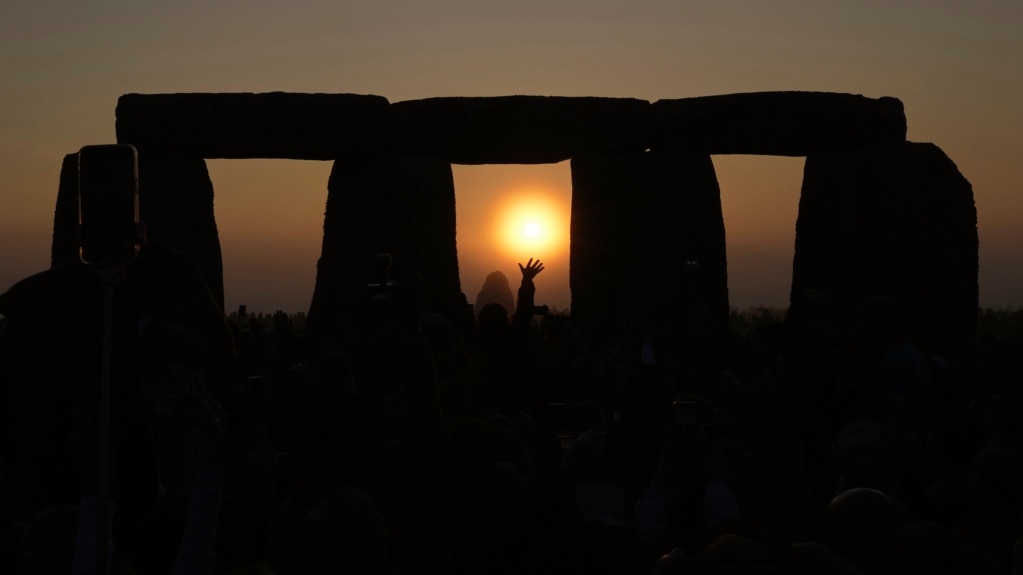Researchers are one step closer to understanding how Britain’s ancient circular structure, Stonehenge, was created.
The circle of huge rocks stands in southern England near the tip of northeast Scotland. Its so-called altar stone lies flat in the center. The new study finds that the huge altar stone did not come from nearby Wales as had been thought. The researchers say the rock instead was carried to the site from the more distant Scotland.
Nature magazine published the study on Wednesday. The research did not show how the five-meter-long stone was carried to the site. But the scientists said it traveled about 740 kilometers.
“It’s a surprise that it’s come from so far away,” said University of Exeter archaeologist Susan Greaney, who was not involved in the study.
For more than a hundred years, scientists believed that Stonehenge’s central sandstone slab — long called the “altar stone" — came from much closer Wales. But a study last year by some of the researchers showed that the stone did not match the geology of Wales’ sandstone formations. The actual source of the stone remained unknown until now.
For the study, the team tested mineral content in pieces of rock that had been collected in past digs. They found a match in the sandstone formations of Orcadian Basin in northeastern Scotland. The area includes parts of the end of the Scottish peninsula as well as the Orkney Islands.
“That geological ‘fingerprint’ isn’t repeated in any other area of sediment in the U.K.,” said Aberystwyth University geologist Nick Pearce, one of the study writers.
Greaney said the operational complexity of moving the stone so far suggests a high level of planning, cooperation and cultural connection between these two parts of ancient Britain.
Stonehenge went up around 5,000 years ago. Its design creates a kind of “window” that fully frames the sun as it rises on the summer solstice. The ancient purpose of the altar stone remains a mystery.
“Stonehenge isn’t a settlement site, but a place of ceremony…,” said Heather Sebire, with English Heritage, an aid organization that cares for hundreds of historic British sites and structures. Sebire said that past archaeological digs had not uncovered evidence of daily living at Stonehenge.
Past research has shown cultural connections — such as similarities in pottery making — between the area around Stonehenge and Scotland’s Orkney Islands. Other stones at Stonehenge came from western Wales.
Britain is home to other ancient stone circles. But, study writer Richard Bevins of Aberystwyth University says, “the thing that’s unique about Stonehenge is the distance from which the stones have been sourced.”
I’m Caty Weaver.

